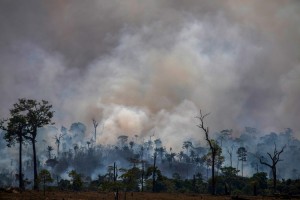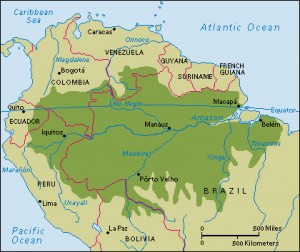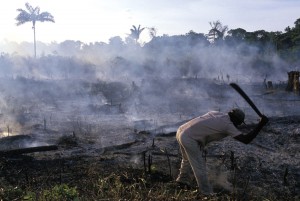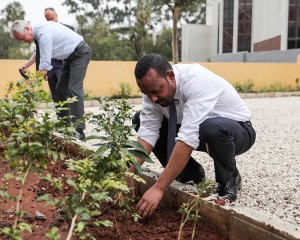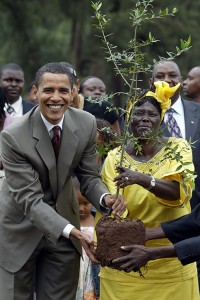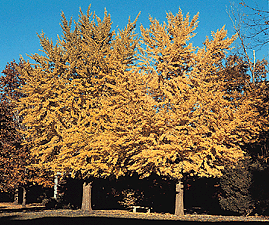Spotlight: Sun Bear
Thursday, August 17th, 2023Bears have been in the news a lot this summer. From hopping into backyard pools to cool off in California to running across football practice fields in Tennessee, bears are everywhere! Recently, one sun bear has been called into question for looking like a human in a bear costume! Angela, a Malayan sun bear at the Hangzhou Zoo in northwestern China, became a star after a zoo visitor posted a video online stating Angela looks like a human in a bear costume when standing up. Well, that is just what sun bears look like.
A sun bear is the smallest kind of bear. It measures about 3 to 5 feet (1 to 1.5 meters) long and weighs from 60 to 150 pounds (30 to 70 kilograms). The sun bear’s coat is short. It is black with a lighter-colored muzzle and an O- or U-shaped blaze (light patch) on the chest that is cream, orange, or golden in color. The blaze pattern is unique to each individual bear, somewhat like a human fingerprint. Sun bears have small ears, massive canine teeth, and an extremely long tongue. The bear’s tongue can reach up to 18 inches (46 centimeters) in length.
Sun bears are one of Asia’s most endangered animals. Experts estimate there are between 1,000 and 2,500 sun bears in the wild. They can be found from northeastern India to southeastern China, south to Sumatra and Borneo. They live in forests, especially lowland areas of deep forest. Sun bears can also be found at higher elevations and in agricultural areas. The habitat of the sun bear is disappearing quickly, with massive deforestation across much of its range.
Sun bears have long, sharp claws. A piece of bone inside each claw grows for the bear’s entire life. The longer the claw, the older the bear. The sun bear is an excellent climber and uses these special claws to tap on tree trunks and logs, searching for insects inside. The sun bear also uses its claws to break into bees nests to feed on honey and on bee larvae (young). Other food sources include termites, ants, beetle larvae, small vertebrates (animals with a backbone), and a wide variety of fruits. In the heat of the tropical sun, the sun bear can be found hugging the branches of tall trees while sleeping. This behavior may help the bear remain cool.
Sun bears spend much of their lives alone, except when with young. Unlike many other bears, they do not enter into a winter sleep. A female sun bear gives birth once a year, usually to one tiny, hairless cub. Cubs stay with their mother until they are fully grown, at about 2 years of age. Sun bears are sometimes eaten by giant reticulated pythons and may be vulnerable to predation by such large carnivores as tigers, leopards, and wild dogs. Sun bears can live to be 25 years old.
Experts on sun bears hope the interest in the furry creature will help conservation efforts. Zoos across the world are welcoming the increase in visitors to sun bear exhibits. Does it look like a human in a bear costume, or just a misunderstood bear?



